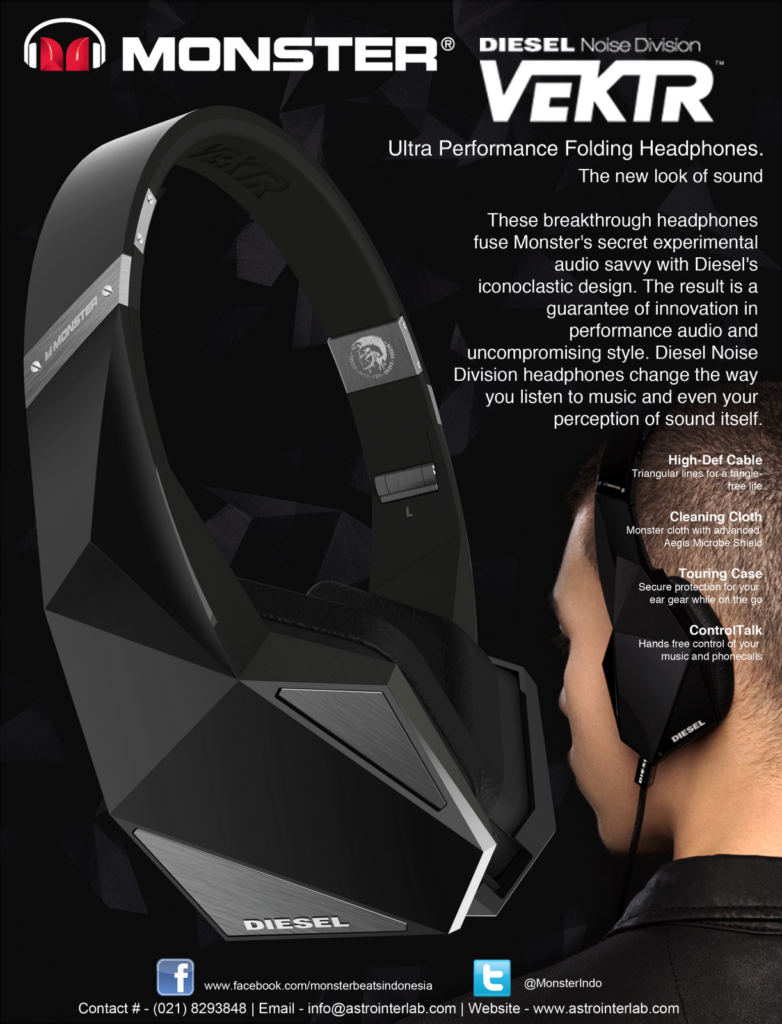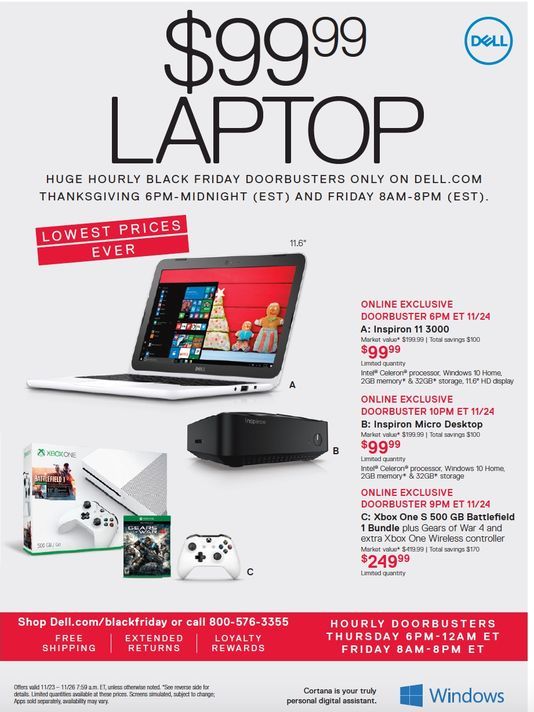The History of Drone
Drones are one of the trending gadgets nowadays. It is not only used for photography, but it can also be used to shoot videos of aerial views. That is why professional photographers and videographers can’t get enough of this equipment. Tons of drones are available in the market, better check with a reliable source for a quality drone.
In this article, you will learn the humble beginning of drones.
First of all, “drone” refers to any aerial vehicle that is unmanned. The earliest unmanned aerial equipment in the history of drones was seen in 1839, when Austrian soldiers attacked the city of Venice with unmanned balloons filled with explosives.
The Wright Brothers
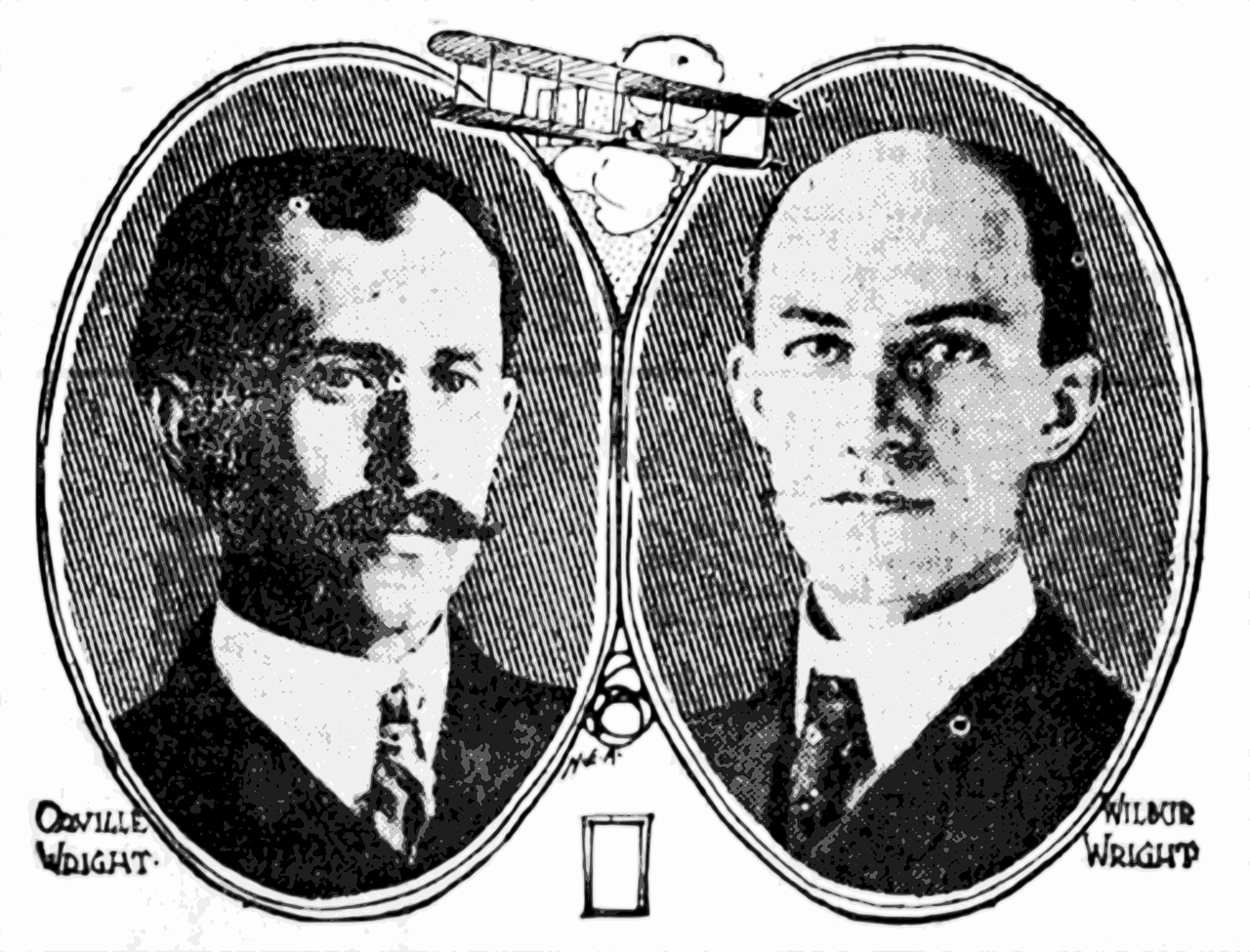
The Wright Brothers’ known for Kitty Hawk flight was in the autumn of 1900, and only 16 years later, Great Britain launches the pilotless winged aircraft: the Ruston Proctor Aerial Target. The Aerial Target was based on studies by Nikola Tesla and was regulated with radio control, much like the drones of today though the technology was much more rudimentary.
The Aerial Target was mainly a flying bomb which England supposed to use to fight the German Zeppelins, though its inventor thought it could also be used against ground targets. However, after numerous failed prototype launches, the British military chose to dismiss the project, believing that crewless aerial vehicles had restricted military potential. A year later, an American alternative was created: the Hewitt-Sperry Automatic Airplane. After a useful test before representatives of the US Army, a more advanced mass-producible version was commissioned: the Kettering Bug.
Military Drones
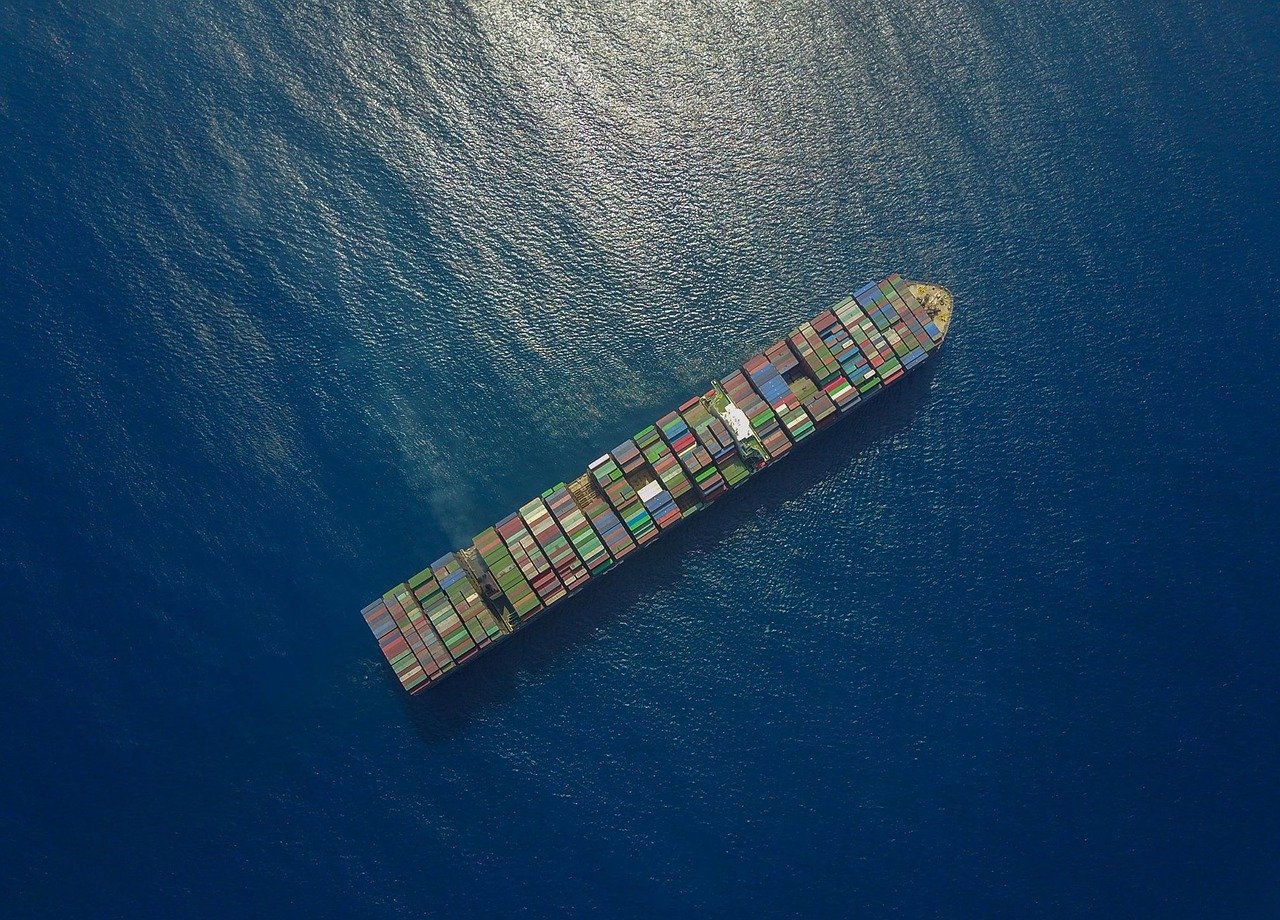
It’s known that the US and the USSR used unmanned drones to spy on each other during the Cold War, but the details are still classified, and the leaked reports are often contradictory. Recorded information is that modern drone warfare began in 1982, when Israel coordinated the use of battlefield UAVs alongside manned aircraft to clear out the Syrian fleet with very minimal damage. The Israeli Air Force used drones to monitor the enemy’s position, to block communications, and to act as baits that would prevent the loss of pilot life.
Commercial Drones
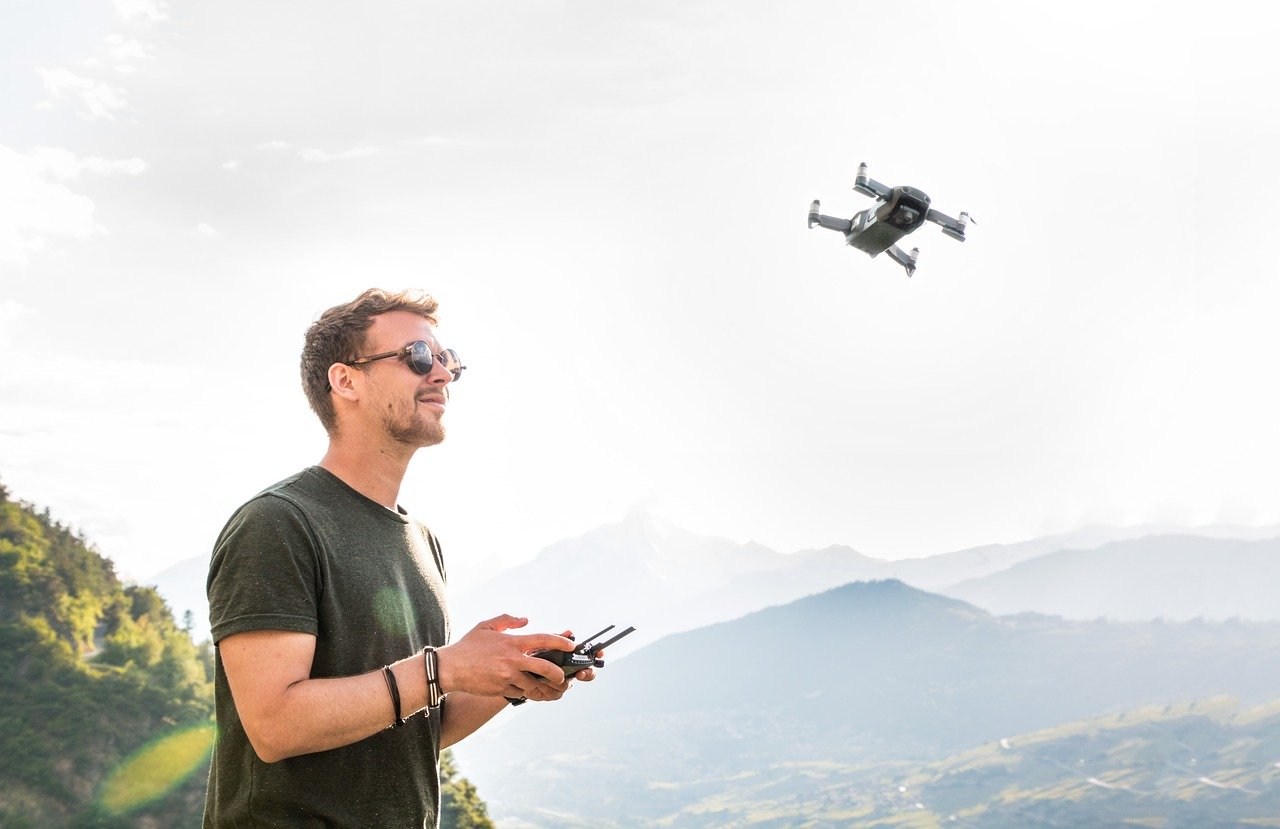
2006 was the year that the FAA grant a commercial drone permit. They released an average of two of these permits a year for the succeeding next eight years. Then, in 2013, Amazon CEO Jeff Bezos declared that the company was thinking of using drones as a delivery process, igniting the public’s interest in drone history. In 2015, the FAA issued 1000 drone permits, a number which more than tripled to 3100 grants in 2016 and which has continued to grow in the time since.…
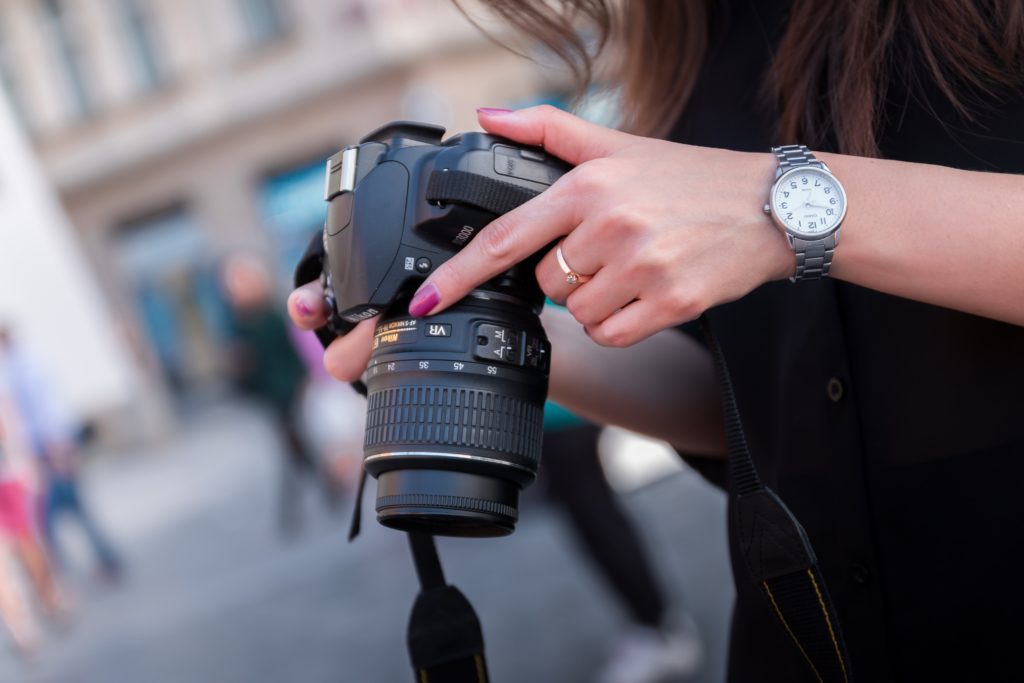
 Dynamic Range
Dynamic Range